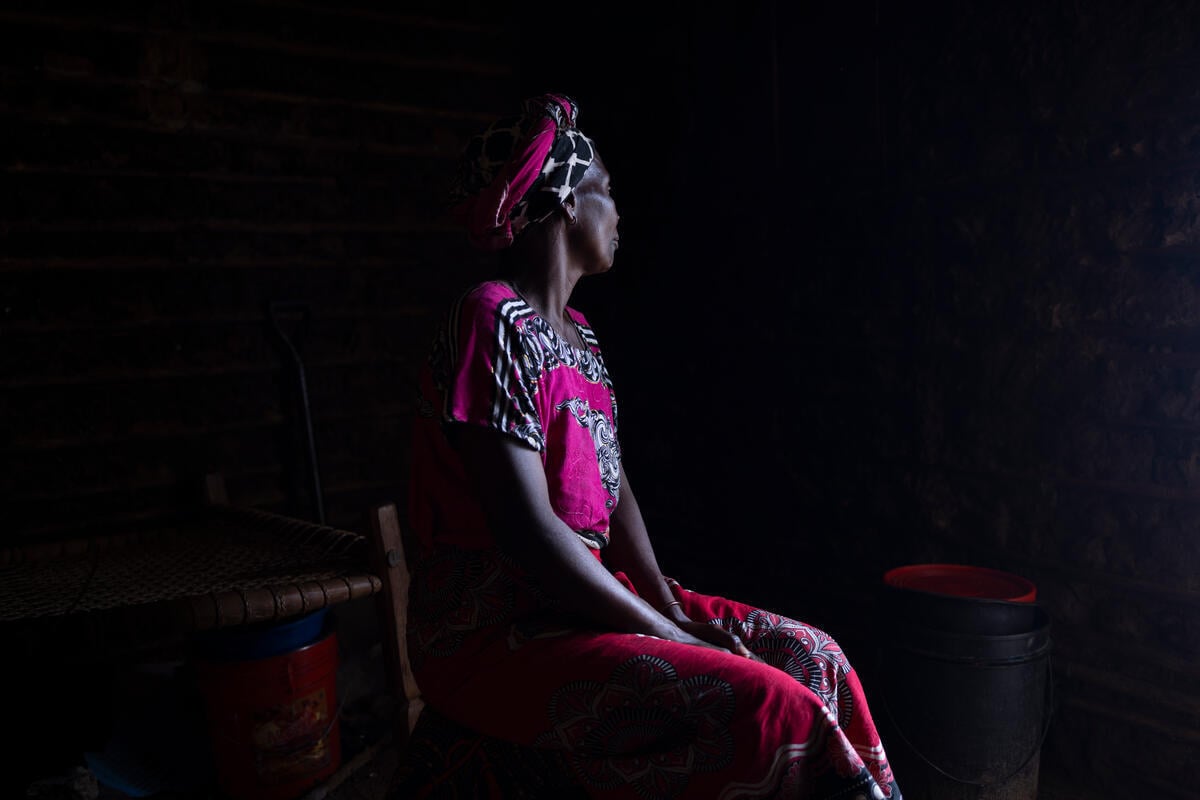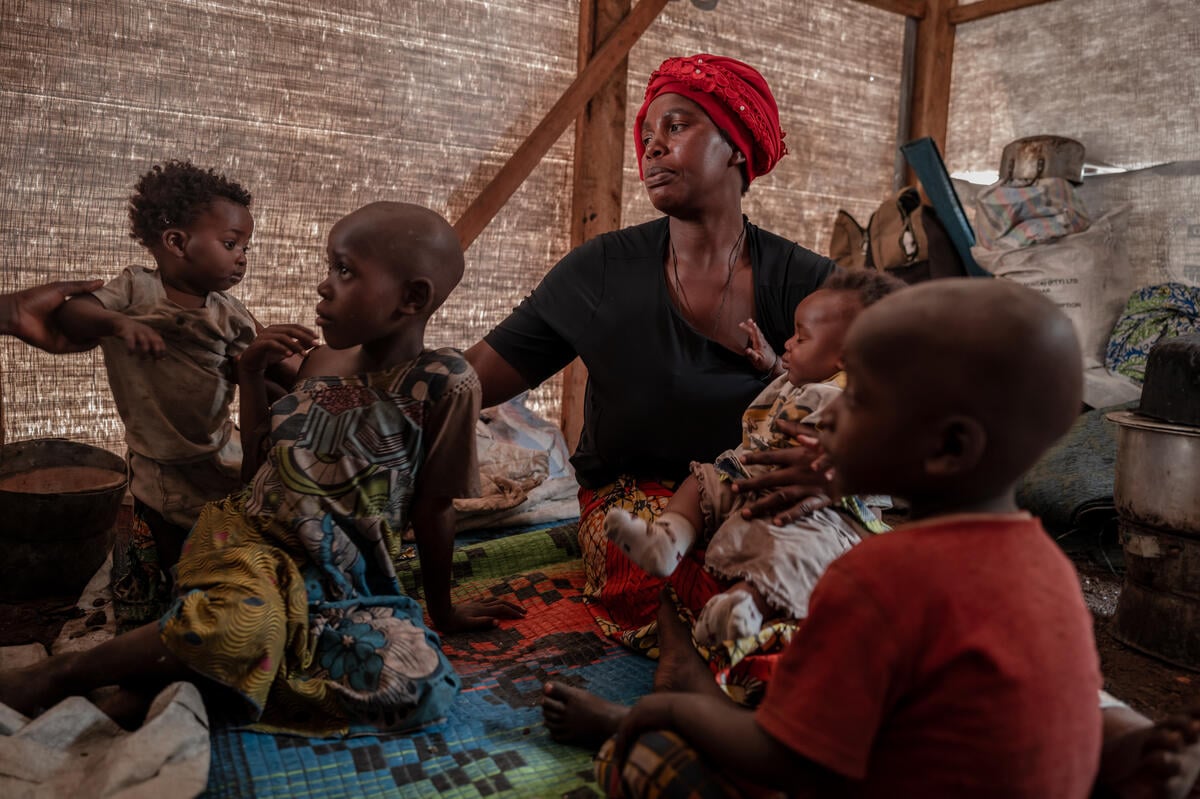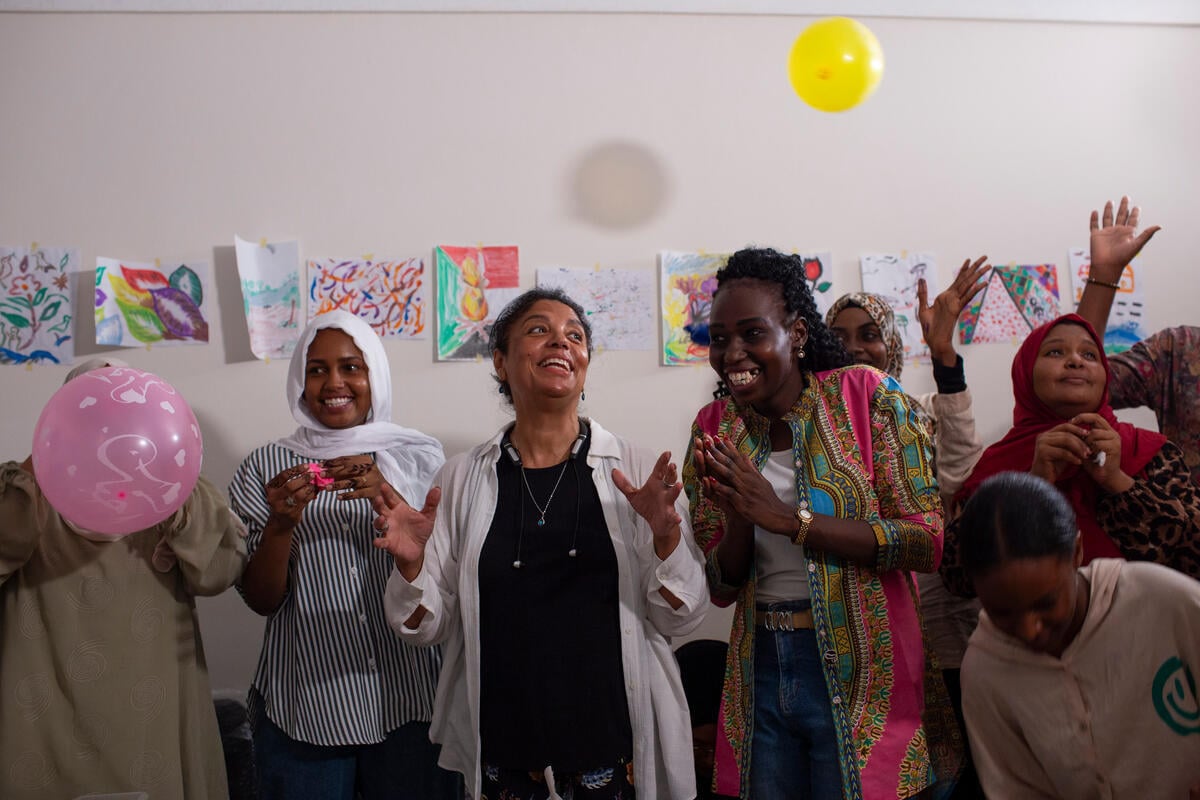Iraqi refugees heed call of home over comforts of camp in Iran
Iraqi refugees heed call of home over comforts of camp in Iran

JAHROM CAMP, Iran (UNHCR) - The residents of Jahrom, one of the best-equipped camps available for the more than 200,000 Iraqis sheltered in Iran, are proof that most refugees' top priority is to get home.
Earlier this month, an officer from the UN refugee agency had just entered Jahrom camp and parked his vehicle when crowds of Iraqis surrounded him and asked for a meeting to discuss their desire to return to their homeland as quickly as possible.
The incident did not provide the kind of systematic information about the intention to return that is now being gathered by UNHCR's field staff from Iraqi refugees in Iran. But the message was clear - despite decades away from their homes, they are anxious to go back.
The refugees did have some concerns about returning. They would like assistance to re-establish their lives back in Iraq, such as help in rebuilding homes, and they wanted transportation to Iraq from Jahrom, located in the remote south of Iran, 180 km from the city of Shiraz.
The groups reflected all the main Iraqi refugee groups - the Iraqi Shiite Muslim Arabs who were persecuted under Saddam Hussein; the Sunni Muslim Kurds who fled Saddam's efforts to crush Kurdish autonomy; and the Feili Kurds, Shiites who Saddam stripped of citizenship because their ancestors were from Iran. All in Jahrom were united by a desire to return quickly.
They laughed when asked if there were afraid to return while their homeland remained unstable: "Security is our problem, we know how to deal with it," was the dismissive response.
The anxiety to return does not reflect a harsh life in Jahrom. The 4,633 residents have perhaps the best facilities of any of the 30 camps operated by the Iranian government, with assistance from UNHCR and other international organisations, for Iraqi and Afghan refugees in Iran.
Each family has a two-room house, with running water and an attached kitchen and toilet. The services of a clinic, staffed by 23 employees, include a maternity section and visits three times a week by a dentist. The government is hiring staff for a new radiology department.
Each of the three kindergarten classes, run by the Iranian education ministry, welcomes visitors with a song. Across the camp, spread over flat land with mountains looming in the background, there is a football ground, a volleyball court and a hall showing films. Rubbish bins are located at each corner, and emptied daily.
Although detailed surveys are only beginning, the expectation is that Iraqi refugees elsewhere in Iran are probably just as anxious to go home. Some have approached UNHCR offices asking about repatriation.
"Most of the Iraqi refugees are in Iran - 202,000, almost 50 percent of all those registered anywhere in the world," said Philippe Lavanchy, UNHCR's Representative in Iran.
Ninety percent of the Iraqi refugees in Iran live in the 10 western provinces of Iran. Just under 46,000 Iraqis are in 22 refugee camps like Jahrom, but most are dispersed in the towns and cities.
Iran has additional refugee camps housing some of the estimated two million Afghan refugees who live in Iran, most of them in the cities. UNHCR is already in the second year of a programme to assist Afghans to return home, with up to 2,000 leaving daily.
The Iraqi refugees are a diverse group, but the unifying aspect is that all left because of Saddam.
A Feili Kurd widow in Jahrom, who arrived in Iran in 1980 with her husband and two children, had ruled out any return to Iraq under Saddam. Her memories were all too familiar.
"We were in our house when the police came and told us to leave instantly but they kept my brother who was 17. They told me that they would keep him only for one week and then he could follow his family. But now 23 years have passed and I still have no information about him," she said.
The first Iraqi refugees arrived in the 1970s, mainly when Saddam crushed a Kurdish rebellion in northern Iraq. Many more Kurds left after a 1988 offensive, which included the use of chemical weapons against the town of Halabja.
The first deportations of the Feili Kurds came in the 1970s and continued in the 1980s during Saddam's invasion of Iran that dragged on for eight bloody years. The Feili Kurds - Shiites unlike most Kurds who are Sunni - want to return to Iraq but their status is unclear. Saddam declared them Iranians while Iran considers them Iraqis.
The Iran-Iraq war also started an exodus of Iraqi Arabs, mostly Shias from the south and centre of Iraq. It culminated in the mass movement over the border of 1.3 million Iraqis immediately after the 1991 Gulf War, when Saddam ruthlessly crushed rebellions in southern Iraq.
Each inflow of refugees was followed by some returns. Now that the rest are seeing the changed politics of their homeland, many are looking forward to ending their exile.
The UN refugee agency has unveiled a preliminary plan for the repatriation of Iraqi refugees from around the world. From an Iraqi refugee population consisting of nearly a half million official refugees and another 400,000 worldwide who are unregistered, UNHCR believes a half million might seek assistance to repatriate.
In Iran, UNHCR has begun to set up the procedures on both sides of the border that will ensure refugees are taken home in safety and dignity. The demand is obvious, judging from the visible disappointment among Jahrom's refugees when UNHCR staff mentioned that it would need some weeks to prepare their repatriation.







